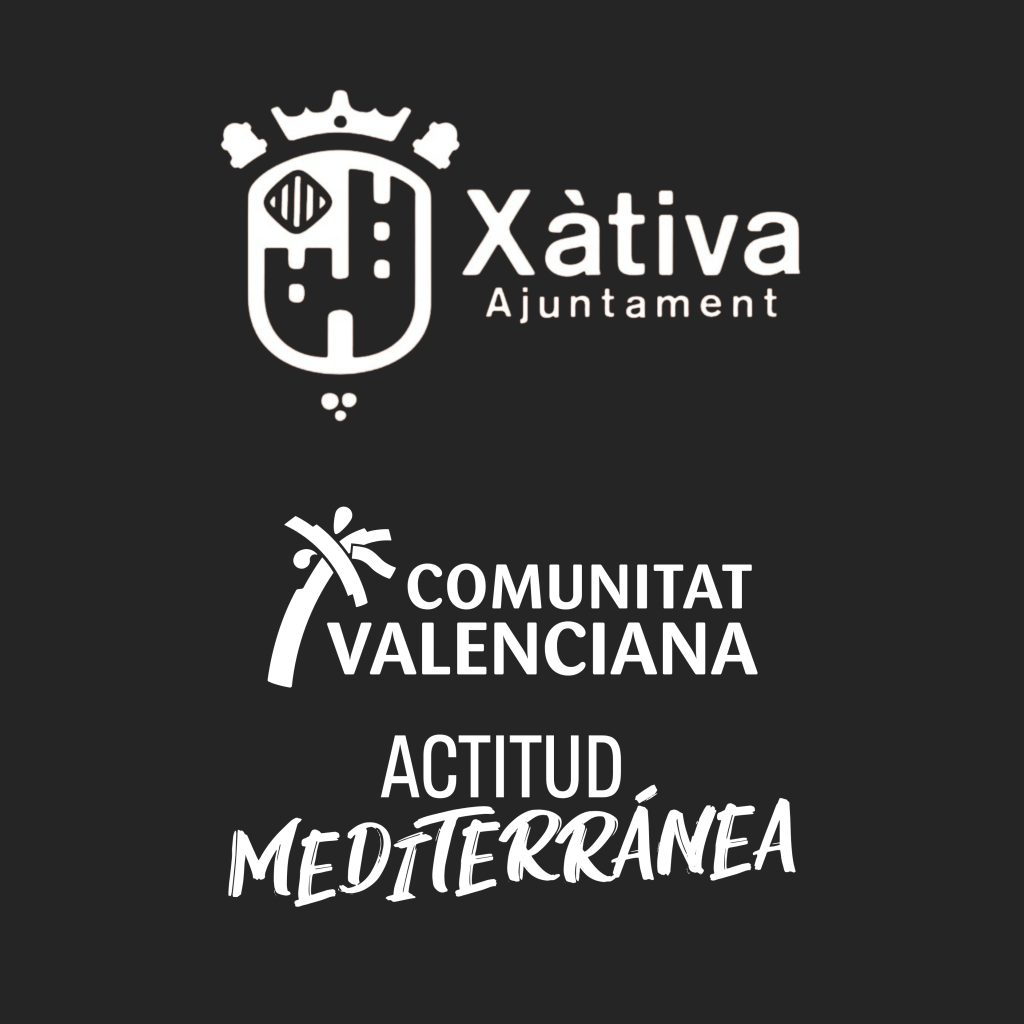The Xàtiva Fallas Festivities
Festivities and fire
The Xàtiva Fallas Festivities
Festivities and fire
Over 150 years of tradition
The spectacular Las Fallas festival has a long-standing history in Xàtiva. The first monument to be burnt as part of Las Fallas was erected on the Plaça de la Trinitat square in 1865. With more than 150 years of tradition, this makes Xàtiva the first city after Valencia to celebrate this festival. The Las Fallas week is a splendid opportunity to visit Xàtiva, wandering its streets in search of the Falla monuments and participating in the wide range of activities on offer. The Xàtiva Fallas are very popular, with 19 committees, and reflect local customs and cultural values. Together with the Other Towns, the Xàtiva festivities have been declared in 2016 Intangible Cultural Heritage of Humanity by UNESCO.
Ephemeral art
The Falla monuments, which satirise current affairs, form the focus and origin of the festival and represent an outstanding testimony to its creative, technical and aesthetic value. Xàtiva boasts 19 monuments, one by each Falla commission, accompanied by their corresponding children’s monuments. This festive ritual, which opens with the presentation of the monuments (the plantà), culminates with their colourful and symbolic burning (the cremà) on the night of San José (March 19). The ephemeral art of the Falla artists, a craft often transmitted from one generation to another, is burnt to ashes after months of work.
The liturgical mission of fire
[…] And it was these same guilds – and more specifically the Guild of Carpenters – that transformed their guild festival into an instrument that allowed the people to relieve their feelings by attiring ritual logs – the parot or wooden support from which the carpenters hung their oil lamps during their long nights at work – in the tragicomic form and semblance of hated figures or their immediate incarnation: the thieving merchant, the despotic sheriff, the corrupt alderman… Then, the flames fulfilled their liturgical mission of purification.“
Josep Renau, Revista Nova Cultura, 1937.
Activities for all tastes
The list of events associated with the Fallas increases every year and reaches a climax during the Fallas week. These are days to take to the streets as they sizzle with fireworks and music. The Fallas committees and local Fallas association organise a vast range of entertainments; sports tournaments, theatrical competitions, paella feasts, presentations, cavalcades, parades, live music, floral tributes to the Mare de Déu de la Seu, a cultural week, and many more. There is also the Baixada de Sant Josep, a traditional procession of all those involved in organising the Fallas on the morning of the 19th.
A constantly evolving festival
There is a long-standing local tradition in Xàtiva of producing the llibrets fallers, annual books recording each falla that testify to the dynamic and constantly changing nature of the festival. The oldest preserved engravings created for a llibret were produced by the Blai Bellver press. In 1865, 1866, and 1867, this local printing house published the verses of the Falla de la Trinitat. The most famous ones, for the falla La creu del matrimoni (1866), have been reissued several times. In their day, however, they attracted severe censure: the Archbishop of Valencia condemned the book as “heretical, impious, scandalous, obscene, immoral, and insulting to marriage, the clergy, celibacy and pious and god-fearing people”, and the captain general ordered all copies to be confiscated. In the end, the falla in question was not presented either.
FALLAS CALENDAR
March 15: Official presentation of the Xàtiva Fallas
March 16–19: Fireworks
March 16: Prize-giving ceremony at the City Hall
March 17: Commissions parade the Falla monuments
March 18: Flower tribute to the Mare de Déu de la Seu
March 19: San Josep procession
March 19: Monuments are burnt
MAP OF FALLAS XÀTIVA
A complete tour of the streets of Xativa, with the location of the 19 falleros monuments planted in the city.



